Things to do in the Czech Republic
Every country has its outstanding and special attractions. Goway has selected its top 10 things to do in the Czech Republic (not in any particular order) for you to enjoy on your visit to this destination.
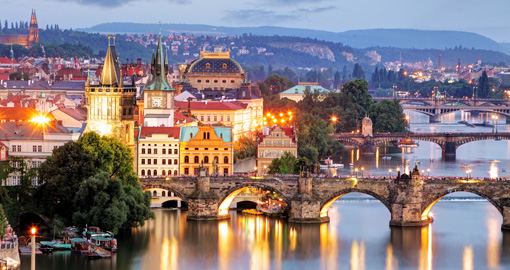
The Old Town Square, Prague
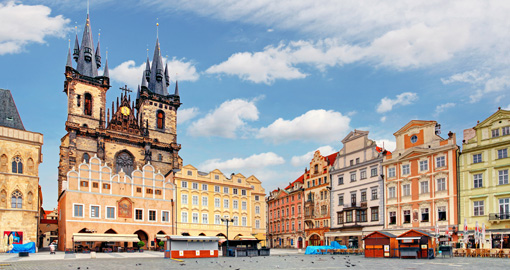
This is Prague’s main public square in the heart of the city and dates back to the 10th Century. It used to be a marketplace until the 20th Century. Everything, in this huge square, happens here from political meetings to Christmas markets. There is the gothic town hall, a gothic cathedral and a baroque church and a prominent statue of a Czech religious reformer from the 15th Century, Jan Hus. On Czech Republic tours, don’t miss the Astronomical Clock described as an ingenious piece of equipment which has been showing the time and date for centuries plus the position of the sun and the phase of the moon. Every hour on the hour, it opens up with a spectacle of 12 parading apostles who nod to the crowd below.
Prague Castle
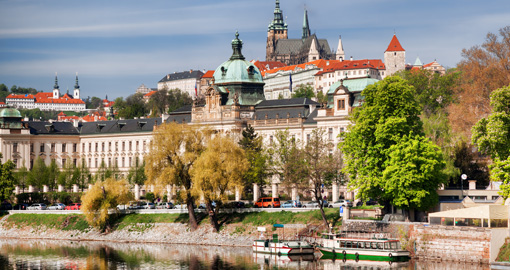
This 9th Century castle dominates the city as it rises above the ground. It is the largest ancient castle in the world and covers an area equal to 7 football fields with its spires, towers, 4 palaces, 4 churches and 5 gardens. It looks like a fairy-tale fortress. Inside is a collection of historic buildings, museums, and galleries collection of historic buildings, museums and art galleries. It now serves as the official residence of the country's president.
Charles Bridge, Prague
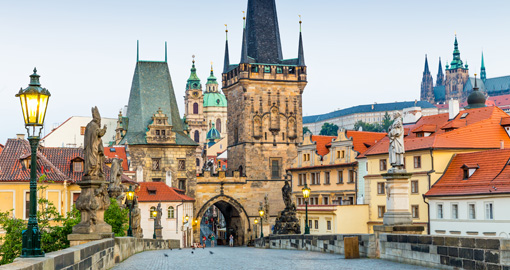
This is simply a pedestrian-only bridge across the River Vltava which dissects the city but a very special one. It is lined with 30 baroque statues depicting saints on its parapets. The first statue was erected in 1657 and new ones were added up to the mid 19th Century. If you want to experience the bridge at its most atmospheric, visit it at dawn on Prague vacations. Supposedly, if you rub the most famous statue, you will return to Prague.
St. Vitus Cathedral, Prague
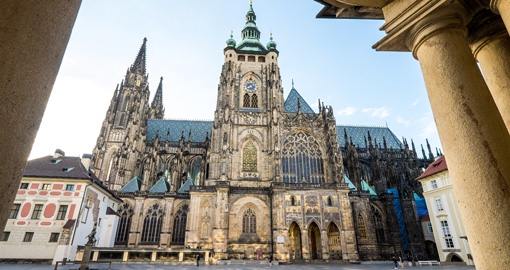
Built over a time span of almost 600 years, St Vitus is one of the most richly endowed cathedrals in central Europe with its mix of Gothic, Romanesque, Renaissance and Baroque styles. It houses treasures that date from the 14th-Century including a mosaic of the Last Judgment and the tombs of St Wenceslas and Charles IV. The nave is flooded with colour coming from the stained glass windows. It is named after the saint, Vitus whose tomb is located here. He was the patron saint of actors, entertainers and dancers.
The Strahov Library, Prague
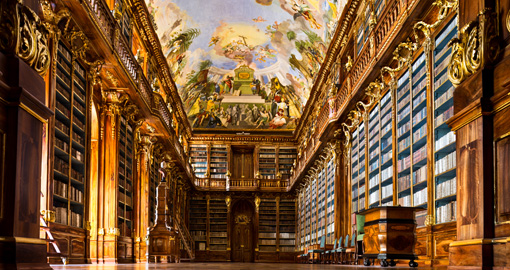
This is the largest monastic library in the Czech Republic and contains thousands of editions of the Bible. Established in the 12th Century, it functioned as a monastery until 1950, when the Communist regime closed it down and imprisoned most of the monks. Inside the monastery's main gate, you can visit a 17th Century church which has a valuable collection of artworks from the Gothic era and the library's two main halls contain a collection of almost 3,000 original manuscripts. You can’t go inside the halls but you can look in. There are many other treasures including the 18th-century Cabinet of Curiosities displaying the grotesquely shrivelled remains of sharks, turtles and other sea creatures and historical items including a miniature coffee service made for the Habsburg Empress, Marie Lou.
Jewish Museum, Prague
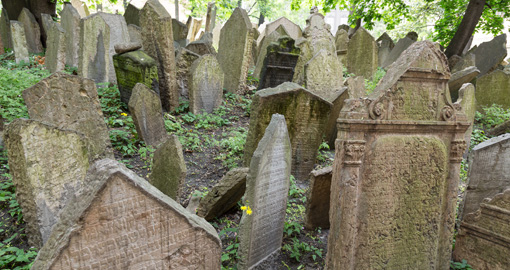
This museum consists of six Jewish synagogues. It contains one of the oldest and largest surviving graveyards in the world. One of the synagogues, which is from the 13th Century, is the oldest active synagogue in Europe, completed around 1270. The interior, with a pulpit, surrounded by a 15th-Century wrought-iron grill, looks like it would have 500 years ago. The attractive Pinkas Synagogue was built in 1535 and used for worship until 1941. After WWII, it was converted into a memorial with wall-to-wall inscriptions of names, birth dates, and dates of the disappearance of the 77,297 Czech victims of the Nazis. It also has a collection of paintings and drawings by children held in the Terezín concentration camp during WWII. The Old Jewish Cemetery has a strong atmosphere of mourning even after two centuries of disuse. Around 12,000 crumbling stones are heaped together with around 100,000 graves beneath them piled up in layers because of the lack of space.
Terezin Concentration Camp
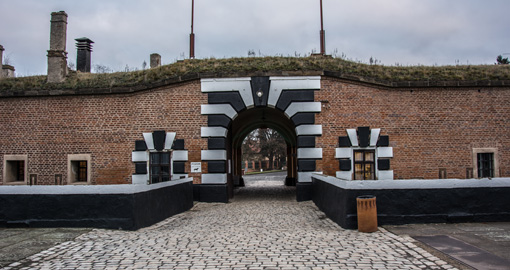
While on Czech Republic tours, visit Terezin, a town not far from Prague, also called Theresienstadt. The concentration camp was used from 1941 to 1945 by Nazi Germany as a walled ghetto and as a transit camp for Western Jews en route to Auschwitz and other extermination camps. It is famous for a collection of works of art and poetry referred to as “I Never Saw Another Butterfly” as the works were by Jewish children who lived in the concentration camp. There is a book of the same name based on a poem written by a young man who was incarcerated in Terezin and who died in Auschwitz. Most inmates were Czech Jews, but there were others from Germany, Austria, the Netherlands and Luxembourg.
Cesky Krumlov
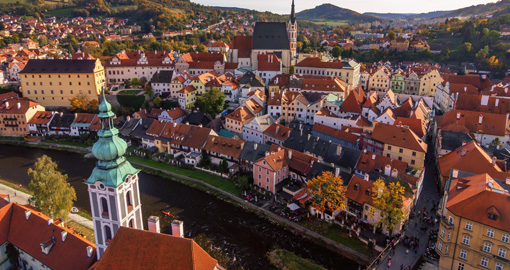
This is a well-preserved medieval town and the centre is a UNESCO World Heritage site. The town centre is easily walkable and is dominated by a 13th Century castle which is famous for combining Gothic, Baroque and Renaissance architecture. It is a medieval complex of about 40 buildings situated around 5 courtyards and a large park. The castle's storerooms house a collection of stone statues and sacred art. The narrow streets of the town and historic houses create a fairy-tale atmosphere. There is an International Music Festival which is held here from late July to mid-August featuring music of various types. Cesky Krumlov boasts over 80 restaurants located along the river and the castle.
Kutna Hora
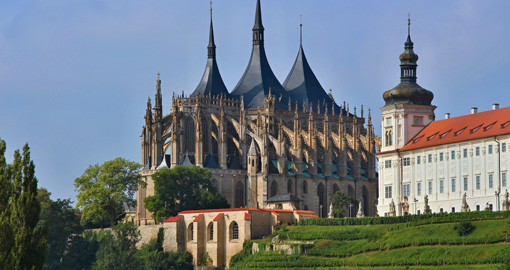
The ancient silver mining town of Kutna Hora is one hour from Prague and has a number of attractions worth visiting on a Czech Republic vacation. The Sedlec Monastery is a bone church where the remains of 40,000 people can be viewed in the crypt including a chandelier made up of at least one bone to be found in the human body. The Gothic cathedral of St. Barbara rivals Prague’s St. Vitus Cathedral in size and impressiveness. There are some 15th Century frescoes in the chapel. The Czech Silver Mine now houses the Silver Museum. You can enter the actual mine on a guided tour. The Italian Court, the former Royal Mint, obtained its name from the master craftsmen from Florence who were brought to Kutna Hora to make silver coins in the 14th Century. The original treasury rooms have an exhibition of coins and minting.
Karlstein Castle
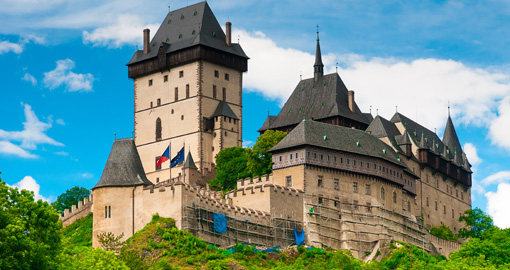
This is a large Gothic castle built originally in 1348 and served as a place for safekeeping the Imperial Regalia as well as the Bohemian/Czech crown jewels, holy relics, and other royal treasures. It is located 30 kilometres/19 miles outside Prague and is one of the most famous and frequently visited castles in the country. It sits on a promontory and can be seen from a long way off. From the castle’s ramparts, you can enjoy spectacular views. A tour of the castle includes the Imperial Palace, Hall of Knights and the Chapel of St. Nicholas.
Get a Trip Quote Order a Brochure
















